As a business leader, you’re probably thinking a lot about your company’s goals for the year ahead. Great—and, as we remind our clients, setting and meeting goals takes more than just writing a list and sharing it in a team meeting.
We’ve found that an effective strategy around goals is to ask (and then answer) the following three questions.
Question #1: “What does success look like?”
This may seem like a “duh” question, but it’s not. As a leader, you need a precise understanding of what “success” means for your business so you can implement the systems, processes, and behaviors that will drive your desired outcomes.
People Spark tip: When defining company goals, be as specific as possible. A goal like, “Be more profitable” is generalized and vague, not strategic. Instead, ask, “What needs to be true for us to grow by X% and serve X% more customers?” For example, if increasing margins is your top priority, you need to figure out if your company can best reach that goal by making more sales, expanding the product line, or cross-selling to existing customers.
(Read how to make sure everyone on the team understands the business goals.)
Question #2: “What key behaviors will drive success?”
Once you’ve drilled down on your business priorities and goals, it’s time to ask, “What behaviors will get us there?” There’s a powerful, direct connection between goals and behavior, and as a company leader, you need to make that connection clear.
People Spark tip: Think about the outcome and THEN figure out the roadmap to get there. Let’s say your goal is to have a spotless safety record this year. Behaviors you might aim for include increasing the number of regular safety checks or monitoring how many safety issues are reported.
(Read how to boost employee engagement by tying business goals to behavior.)
Question #3: “What metrics will further drive behavior?”
A well-defined goal has metrics to back it—and to track it. As the year begins, make sure you and your team understand exactly how you’re going to gauge success. This includes knowing who’s in charge of tracking which metrics and ensuring the numbers are reviewed and shared at regular intervals.
People Spark tip: Most companies track “lagging” goals, which result from specific actions—for example, increase sales, increase margin, increase production, or reduce expenses. But since such outcomes are only revealed down the road, it’s hard to track progress on lagging goals. Instead, keep your team energized and motivated by celebrating their progress toward “leading” goals—namely, recognize the small steps that move the company closer to success. Remember, even small wins can feel like milestones through the course of the year.
(Read about lagging vs. leading goals and why it’s crucial to know the difference.)
As you and your team start putting this year’s goals in place, try asking these three questions. The answers will provide you with a practical, strategic roadmap so that 12 months from now, you wind up exactly where you want to be.
Before you go …
Next month, we’re kicking off a three-part series about succession planning. Why this topic? Because, as we learned during the Country Elevator Conference in Louisville, it’s a hot topic for ag and feed industry leaders. Check this space for insights and information to make your succession planning go smoothly.
We can help you assess or pinpoint your goals. Email Erin to set up a time, and we’ll provide insights based on our experience with our clients.


